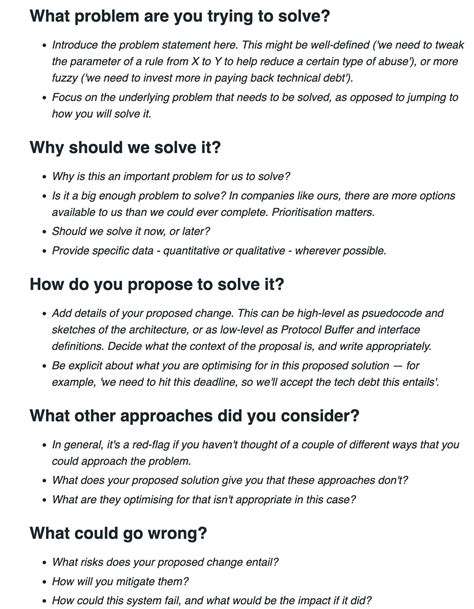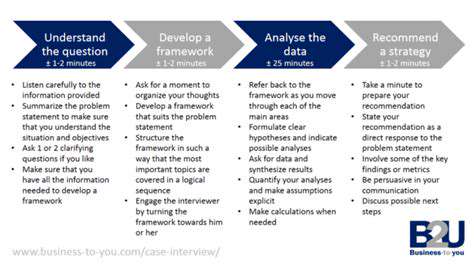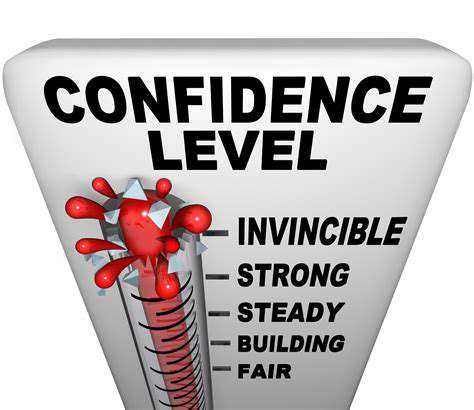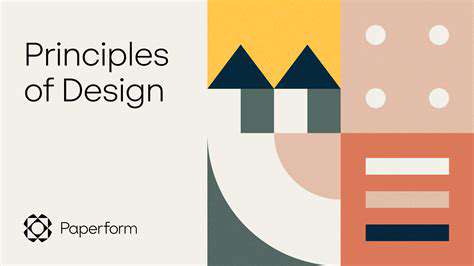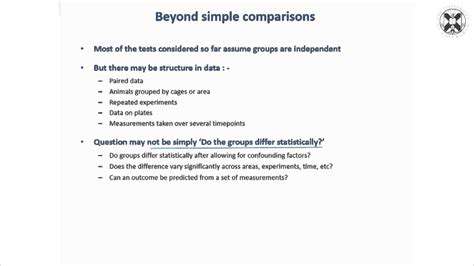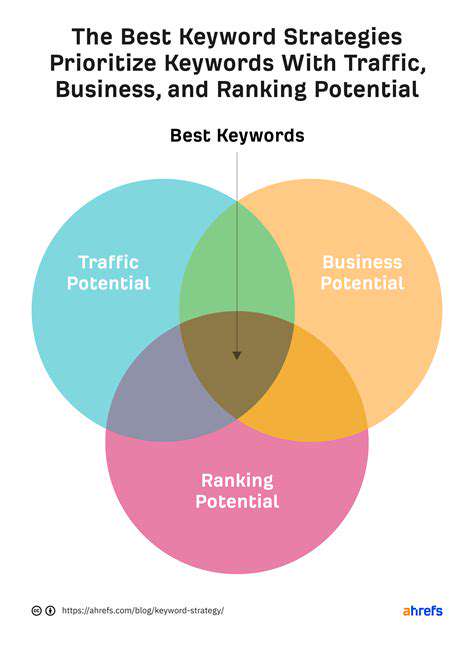Best Workplace Etiquette Tips
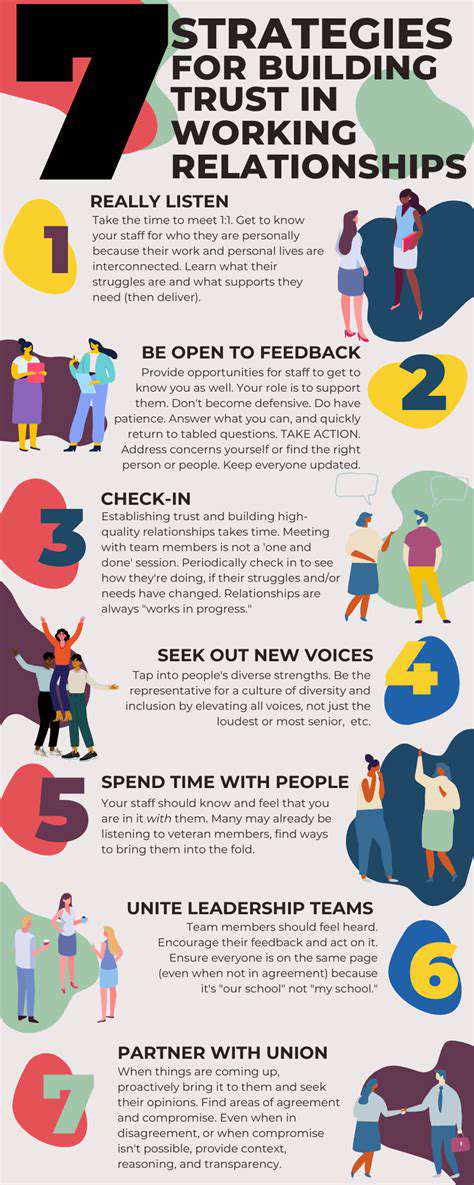
Promoting a Positive Work Environment
Respecting colleagues means fostering a space where people feel heard and appreciated. It begins with genuine engagement—listening intently and validating their input, even if it seems minor. A thriving workplace isn’t just about efficiency; it’s where trust and creativity flourish, making everyone more invested in their work. Transparency and empathy are the glue that holds teams together. Dismissing ideas without consideration can erode morale faster than most realize.
Understanding Diverse Perspectives
Every team member brings a unique lens shaped by their background and experiences. Embracing these differences isn’t just polite—it’s strategic. Diverse teams outperform homogeneous ones because varied perspectives uncover blind spots and spark innovation. Pay attention to how cultural norms or communication styles vary. A simple adjustment, like allowing extra time for deliberation, can make collaboration smoother.
Avoiding Unprofessional Conduct
Respect crumbles when gossip or offhand comments enter the picture. Professionalism isn’t about rigidity; it’s about creating a space where people feel safe to contribute. Sarcasm or insensitive jokes might seem harmless but can alienate colleagues. Equally important is respecting privacy—avoid prying into personal matters unless invited.
Actively Seeking Feedback and Constructive Criticism
Growth hinges on honest feedback. The best teams normalize giving and receiving critique framed around actions, not personalities. For example, instead of You’re disorganized, try Could we streamline this process? This approach keeps the focus on improvement rather than blame. Schedule regular check-ins to make feedback habitual rather than confrontational.
Recognizing and Celebrating Achievements
Acknowledgment fuels motivation. Spotlighting wins—big or small—reinforces that effort matters. Try handwritten notes for standout contributions or team shout-outs in meetings. Celebration rituals, like monthly highlight reels, create momentum and remind everyone their work has impact. Even a quick I noticed how you handled X—great job can brighten someone’s week.
Maintaining Professionalism in All Interactions: Digital and In-Person

Maintaining a Professional Demeanor
Professionalism is the quiet confidence that comes from competence. It’s less about perfection and more about showing up consistently—prepared, punctual, and present. Small habits matter: silencing phones in meetings, following up on promises, or simply avoiding multitasking during conversations. These signals build credibility over time.
Importance of Ethical Conduct
Ethics are the compass for tough decisions. When shortcuts tempt you, remember that trust, once broken, is painfully hard to rebuild. Document decisions transparently, credit others’ ideas, and admit mistakes promptly. These actions cement your reputation as someone who does right even when no one’s watching.
Effective Communication Strategies
Clarity prevents chaos. Before hitting send, ask: Could this be misinterpreted? In emails, lead with the ask; in meetings, recap action items. For sensitive topics, face-to-face (or video) avoids tone mishaps. Pro tip: if a message feels emotional, sleep on it before sending.
Respectful Interactions and Collaboration
Respect isn’t passive—it’s actively valuing others’ time and input. Interrupt less, paraphrase to confirm understanding, and default to assuming good intent. In conflicts, focus on shared goals rather than personal differences. Simple courtesies, like starting emails with Hope you’re well, humanize digital exchanges.
Professional Presentation and Appearance
Dress codes vary, but intentionality doesn’t. Your appearance should say I take this seriously without overshadowing your skills. When unsure, lean slightly formal—a blazer over casual wear adapts to most settings. Remember, video calls require the same prep: check lighting and background clutter.
Continuous Learning and Development
Stagnation is the enemy of professionalism. Block time weekly to learn—whether industry podcasts, online courses, or mentoring junior staff. Share takeaways with your team; teaching solidifies knowledge. This growth mindset keeps you adaptable in shifting landscapes.
Promoting a Culture of Collaboration and Teamwork: A Shared Success
Fostering Open Communication
True collaboration starts with psychological safety—the freedom to speak without fear. Leaders can model this by admitting their own knowledge gaps. Try silent meetings where everyone writes ideas first to prevent dominant voices from overshadowing others. The best ideas often come from quiet corners when given space.
Establishing Shared Goals and Objectives
Aligning goals requires more than a memo. Host workshops where teams define success metrics together. Visual tools like shared dashboards keep priorities transparent. When people see how their tasks ladder up to larger outcomes, engagement soars.
Encouraging Active Participation
Rotate meeting facilitators to distribute ownership. Use techniques like round robin where each person shares before discussion opens. For remote teams, collaborative documents (like shared whiteboards) prevent video fatigue while ensuring all input is captured.
Building Trust and Respect
Trust accelerates when vulnerability is balanced with reliability. Start retrospectives with What went well? before critiquing. Teams that celebrate small wins weather challenges better. Address conflicts early with structured approaches like When X happened, I felt Y statements.
Recognizing and Rewarding Contributions
Personalized recognition resonates most. Public praise works for some; others prefer private thanks. Link praise to specific behaviors (Your thorough research saved us weeks) to reinforce desired actions. Consider peer-nominated awards to democratize appreciation.
Providing Opportunities for Skill Development
Growth shouldn’t be optional. Implement learning Fridays where teams explore new tools together. Cross-training builds resilience—when Jane understands Mark’s role, coverage during absences is seamless.
Promoting Cross-Functional Collaboration
Break silos with lunch and learns where departments share projects. Joint problem-solving sessions with mixed teams often yield unexpected solutions. The magic happens when marketing chats with engineering over coffee.
Read more about Best Workplace Etiquette Tips
Hot Recommendations
- How to Stay Productive While Working Remotely
- Tips for Managing Conflict with Coworkers
- Entrance & Certification Exams (升学考试)
- How to Improve Your Storytelling Skills (Speaking)
- How to Find Profitable Side Hustles
- Tips for Preparing for the TOEFL iBT Home Edition
- Guide to Switching Careers from [Industry A] to [Industry B]
- How to Run an Effective Hybrid Meeting
- Tips for Marketing Your Side Hustle on Instagram
